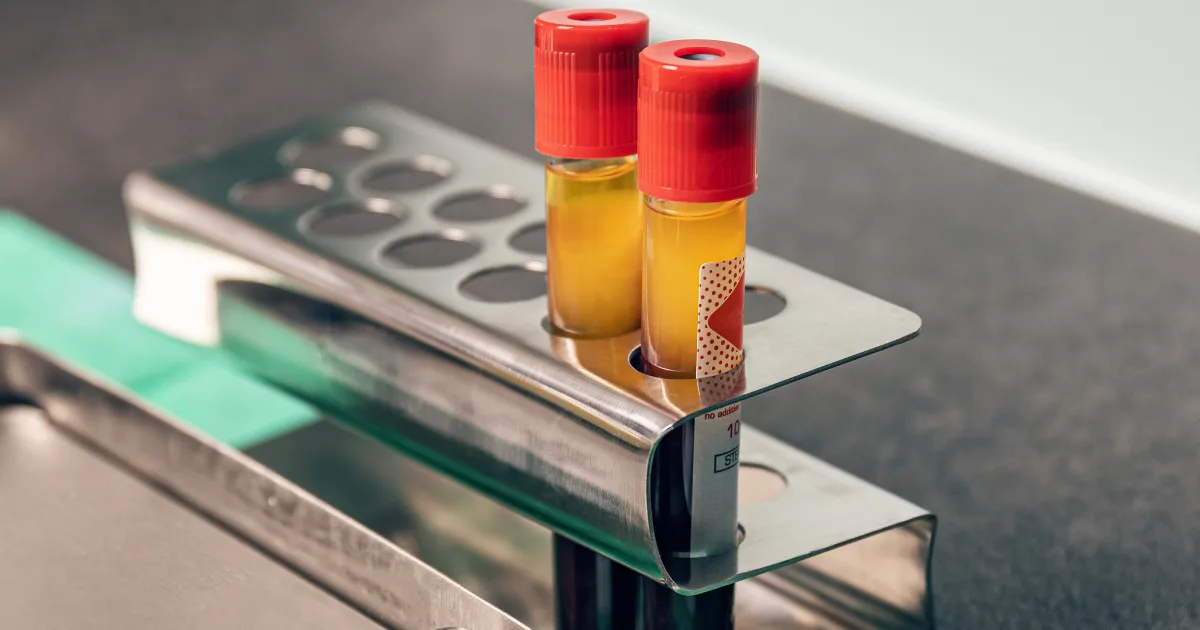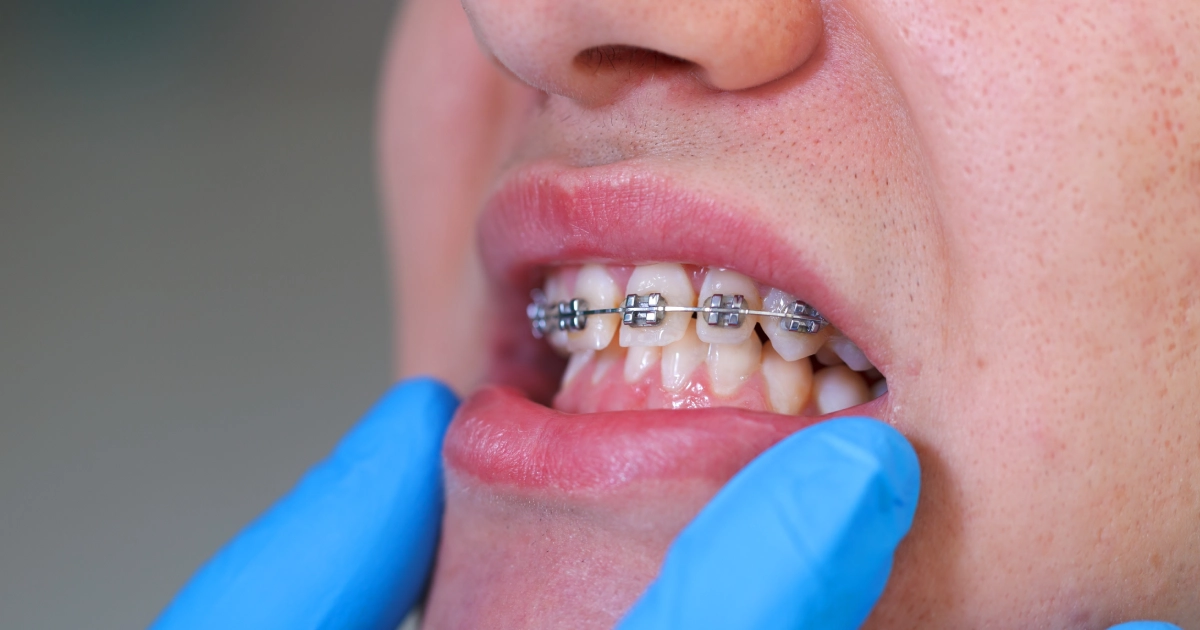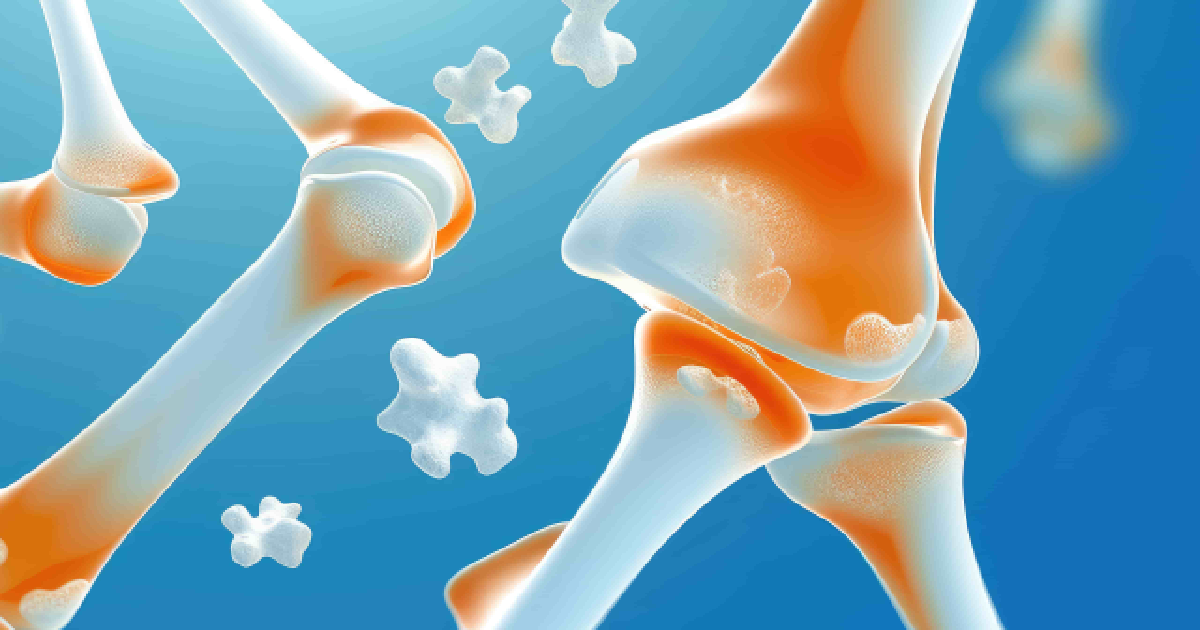Wisdom teeth, the third molars at the back of the mouth, often emerge during the late teens or early twenties. While some people experience no issues with their wisdom teeth, many encounter problems due to the limited space in the jaw. Pain, swelling, and infection can arise when these teeth are misaligned or impacted. In these cases, dentists may recommend removal to prevent further complications. However, if wisdom teeth grow properly and are healthy, they might not need to be extracted. Consult a dental professional for assistance in weighing the potential risks and advantages of wisdom teeth removal.
What are Wisdom Teeth?
Wisdom teeth are the last set of molars that emerge at the back corners of the mouth. Most adults have four wisdom teeth, one in each corner. These teeth can grow at various angles in the jaw, sometimes even horizontally. In some cases, wisdom teeth can emerge without causing any issues, fitting into the dental arch normally. However, due to evolutionary changes in human jaw size, many people do not have enough room for these teeth to come in properly.
Wisdom Teeth Symptoms
Wisdom teeth can cause several symptoms indicating potential problems.
Common Symptoms:
- Pain and Swelling: One of the most prominent symptoms is pain in the back of the mouth, which may be accompanied by swelling around the jaw. Depending on the severity of the pain, it may range from mild discomfort to severe, throbbing discomfort.
- Difficulty Opening the Mouth: Impacted wisdom teeth can cause stiffness and difficulty fully opening the mouth.
- Infection and Inflammation: Experiencing partial erupted wisdom teeth can trap food and bacteria, leading to infections such as pericoronitis, characterized by swelling, redness, and tenderness in the gums.
Signs of Impaction:
- Impacted Wisdom Teeth: These teeth are trapped within the jawbone or gums, unable to emerge fully. This can induce symptoms such as persistent jaw pain, swelling, and sometimes cysts around the impacted teeth.
- Radiating Pain: Pain from impacted wisdom teeth can radiate to the ear, throat, and other mouth areas, making it tricky to identify the precise source of discomfort.
Wisdom Teeth Infection:
- Gum Disease: Partially erupted wisdom teeth create pockets where bacteria can accumulate, leading to gum disease. Symptoms consist of swollen, bleeding gums and foul breath.
- Tooth Decay: Wisdom teeth that have partially emerged are tricky to clean adequately, increasing the risk of cavities. These cavities can affect not only the wisdom teeth but also the surrounding teeth.
Crowding and Alignment Issues:
- Crowding: Too little space in the jaw can prompt wisdom teeth to brush against adjacent teeth, leading to crowding and misalignment.
- Shifting Teeth: Pressure from emerging wisdom teeth can cause other teeth to shift, affecting the overall alignment of the teeth and potentially necessitating orthodontic treatment.
Additional Symptoms:
- Headaches: The pressure and pain from impacted wisdom teeth can sometimes cause headaches or jaw aches.
- Cysts and Tumors: Occasionally, impacted wisdom teeth can cause cysts or tumors, causing damage to the jawbone and nearby teeth.
Evaluating the Necessity for Removal
Deciding whether to remove wisdom teeth depends on several factors. Dentists often recommend removal if the teeth are causing pain, infection, or crowding. Other indicators for extraction include damage to adjacent teeth, cysts, tumors, or widespread tooth decay.
In cases where wisdom teeth are healthy, fully erupted, and properly aligned, removal might not be necessary. However, these cases are relatively rare. Most people experience some level of impaction or alignment issues, prompting dentists to suggest removal as a preventive measure.
Regular dental check-ups are a necessity for keeping track of the emergence and positioning of wisdom teeth. Dentists use X-rays to assess these teeth’ alignment and potential impact, helping patients make informed decisions about removal.
The Removal Process
The extraction of wisdom teeth varies depending on its complexity. Pre-surgery preparations often include dietary restrictions and cessation of certain medications to minimize bleeding risks. Patients are cautioned to refrain from eating or drinking after midnight before the surgery, especially if intravenous anesthesia will be used.
Patients should arrive early to complete the necessary paperwork and undergo any additional X-rays on the day of the surgery. The procedure typically lasts around 45 minutes, with anesthesia ensuring the patient feels no pain.
The surgeon starts by numbing the area with a local anesthetic. For impacted teeth, the surgeon will carry out an incision in the gum tissue to uncover the tooth and, if necessary, remove any bone covering it. The tooth may be fragmented into smaller pieces to facilitate removal. Once the tooth is extracted, stitches are used to close the incision. Most oral surgeons use dissolvable stitches that do not require removal.
Wisdom Teeth Removal Recovery
Post-surgery recovery involves several steps to ensure proper healing.
Immediate Care:
- Monitoring: Post-surgery, patients are monitored until anesthesia effects wear off.
- Pain and Swelling: Pain, swelling, and mild bleeding are normal. Over-the-counter pain medications and prescribed antibiotics help manage these symptoms.
First 24 Hours:
- Diet: Stick to soft foods and plenty of fluids. Avoid alcohol and tobacco, and use straws to prevent complications.
- Oral Care: Do not rinse the mouth vigorously or brush near the extraction site. Use a soft toothbrush.
Ongoing Care:
- Swelling: Apply ice packs for the first 24 hours, then switch to warm compresses if needed.
- Activity: Avoid strenuous activities for at least a week to prevent bleeding or dry socket.
Potential Complications:
- Dry Socket: This occurs when the blood clot at the extraction site dissolves too soon. It requires professional treatment if it develops.
- Infection: Signs include severe pain, fever, and pus discharge. If these symptoms appear, contact your dentist immediately.
Long-Term Healing:
- Healing Time: The extraction site may take up to six weeks to heal, but most people can carry on with routine duties within a few days.
- Oral Hygiene: Maintain good oral hygiene with a soft toothbrush and follow all postoperative care instructions from your dentist.
Takeaway
Deciding whether to remove wisdom teeth requires careful consideration of potential symptoms and complications. While some individuals may not experience any issues, others might face pain, infection, and alignment problems that necessitate extraction. Regular dental check-ups and consultations with a professional can help determine the best course of action for your specific situation.
If you’re experiencing discomfort or have concerns about your wisdom teeth, it’s time to take proactive steps for your dental health. At Access Oral Surgery, Dr. McKinney provides comprehensive evaluations and effective treatments tailored to your needs. Ensure your oral health and peace of mind by contacting us for an appointment with Access Oral Surgery today.




